Toronto, ON – The Ontario Association of Architects (OAA), provincial regulator of the practice of architecture, is proud to announce the six selections for its SHIFT2025 Challenge—a biennial aspirational ideas competition that recognizes the potential of architectural thinking to address societal issues.
From urban renewal projects and reconceptualizing building materials to designs tailored for emergency response, this year’s theme, Reshaping Communities, focuses on the critical need for adaptable and sustainable architectural solutions to tackle challenges like climate change, housing, and social shifts. By encouraging the architecture profession to reimagine the built environment, SHIFT highlights the role of design in promoting stability, fostering a sense of belonging, and building resilience.
“At the heart of the SHIFT2025 Challenge is a call to action to approach critical issues with innovation, adaptability, and a commitment to community well-being," says Ted Wilson, OAA President. "We are excited to unveil this year’s exceptional selections, which demonstrate how architectural thinking can inspire and shape a future where communities not only adapt, but also thrive in the face of uncertainty.”
“Each of these winning projects underscores the importance of designing for adaptability in the face of climate change, technological advancements, and societal shifts,” says Wilson. “The OAA congratulates these selections for their exceptional contributions to reimagine the future of communities in Canada and beyond.”
These six projects will be celebrated at the Westin Ottawa during a special event on May 15 as part of the OAA Conference. The selections will also be featured in a special publication and online for the broader public to explore.
The six projects were chosen by a jury of experts for their creativity, feasibility, and emphasis on sustainability, while reflecting diverse strategies needed to create adaptable, inclusive, and climate-conscious communities.
Listed below, are the six chosen submissions.
- Subdivillage addresses low-density growth by redesigning suburban street networks in order to improve walkability, cycling, and local trips within the realities of low density, car reliance, and limited transit. Without raising costs or density, the concept creates livable communities ready for future transit and growth (team led by Architects Naama Blonder and Misha Bereznyak).
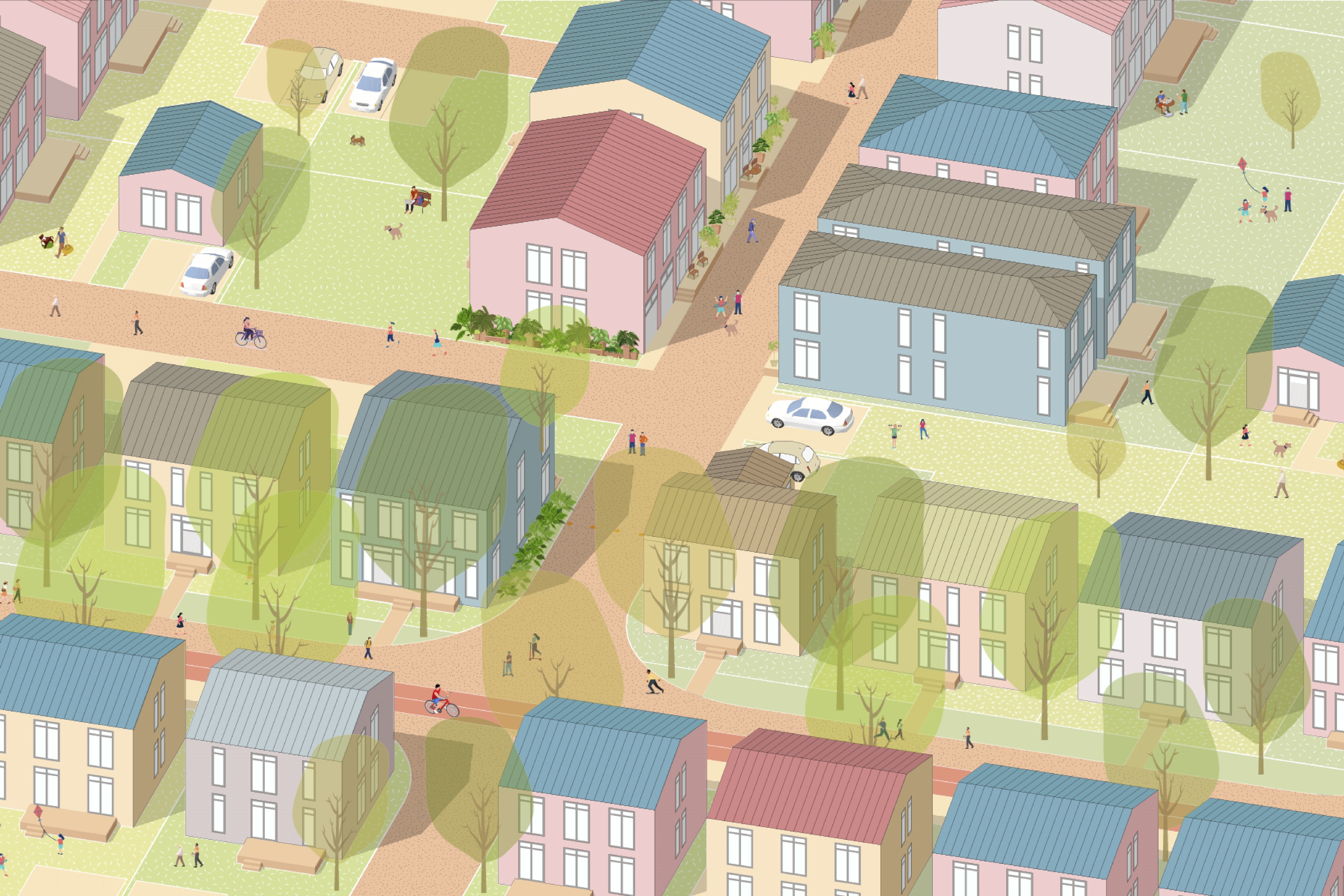
- The City Limits: Rethinking a 100-year-old Toronto Suburb envisions a sustainable future by integrating climate-focused design, quadrupling residential density, reclaiming streets as public spaces, and creating human-scaled, connected neighbourhoods with carbon net zero strategies and cohesive urban living (team led by Architect Tim Scott).

- Swansea Park: A Development Concept for the Former Swansea Mews imagines blending nature and urban living through a central naturalized park, doubling housing density with modular mid-rise buildings, and fostering biodiversity alongside vibrant public spaces for community engagement (team led by Architect David Peterson).
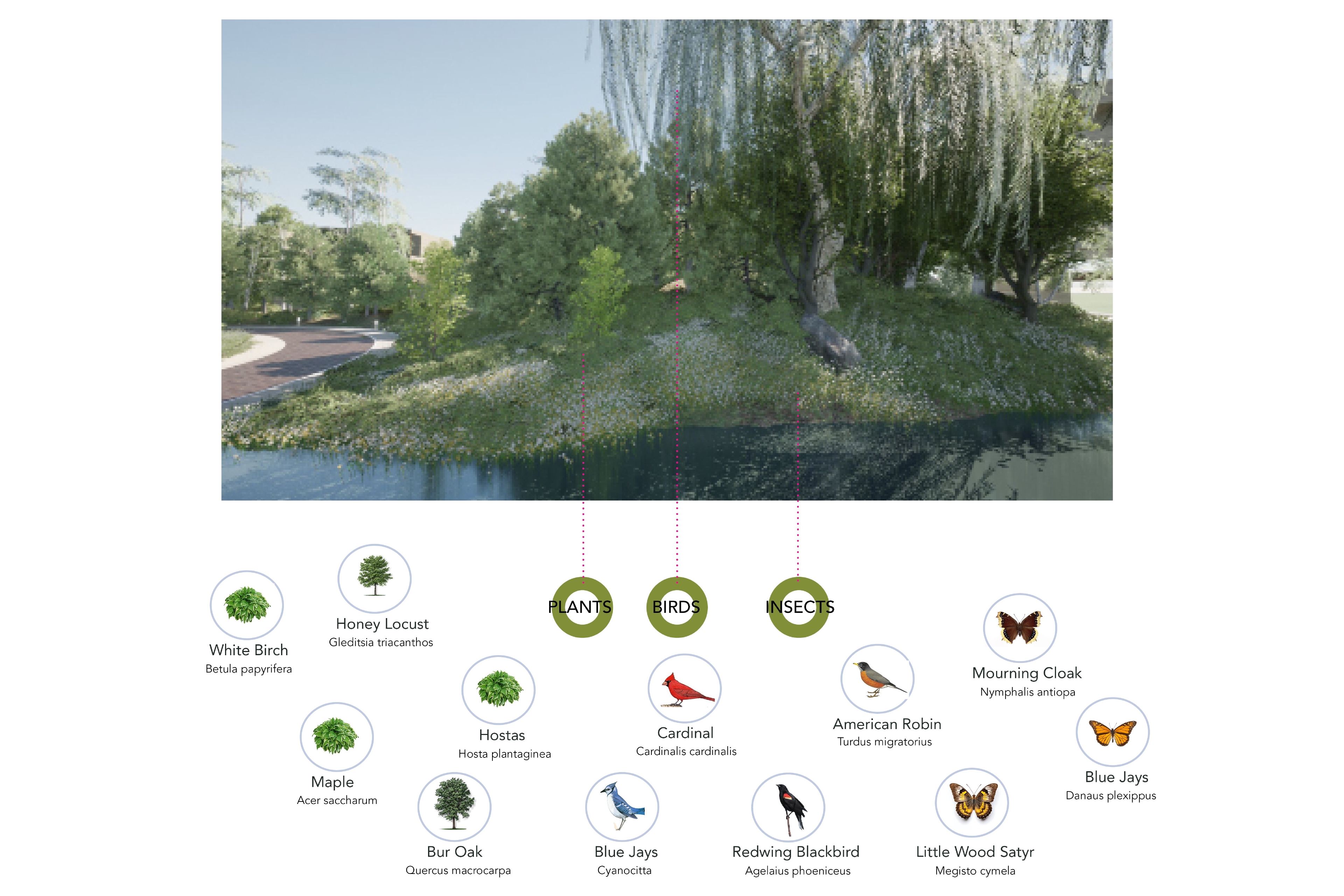
- Parkdale Commons: A Living Food Bank transforms Toronto’s Parkdale Community Food Bank into an adaptive space, fostering resilience, food security, and sustainable connections through thoughtful architecture evolving with diverse neighbourhood needs and strengthening community empowerment (team led by Architects Luc Johnston and Nancy Chao).
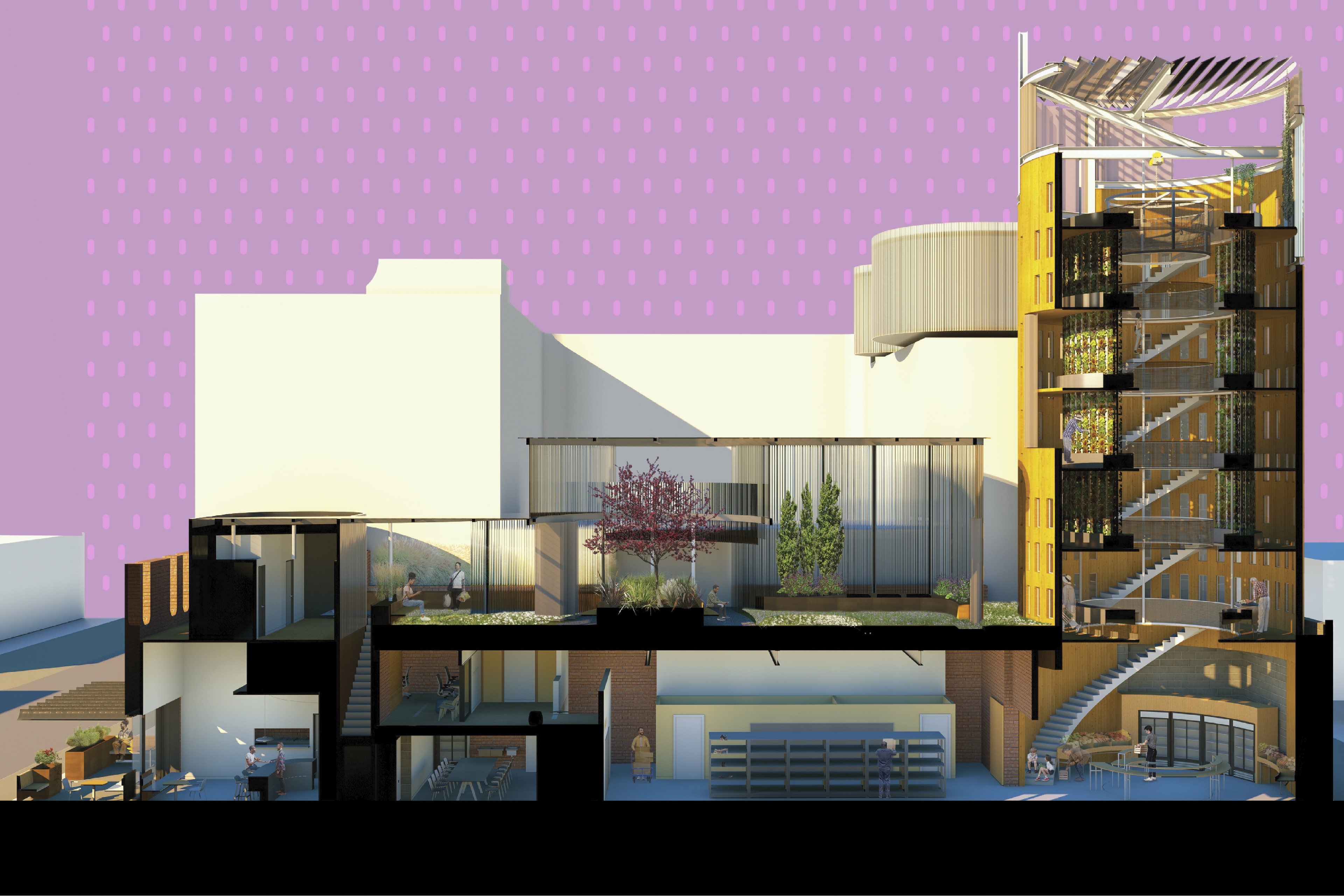
- The Living Core: Designing for Resiliency at Home reimagines housing with a tornado-resilient design, integrating cost-effective rebuilding and essential functions to protect small-town Ontario’s economic and cultural fabric while fostering adaptable, secure, and sustainable living spaces (team led by Architect David DiGiuseppe).
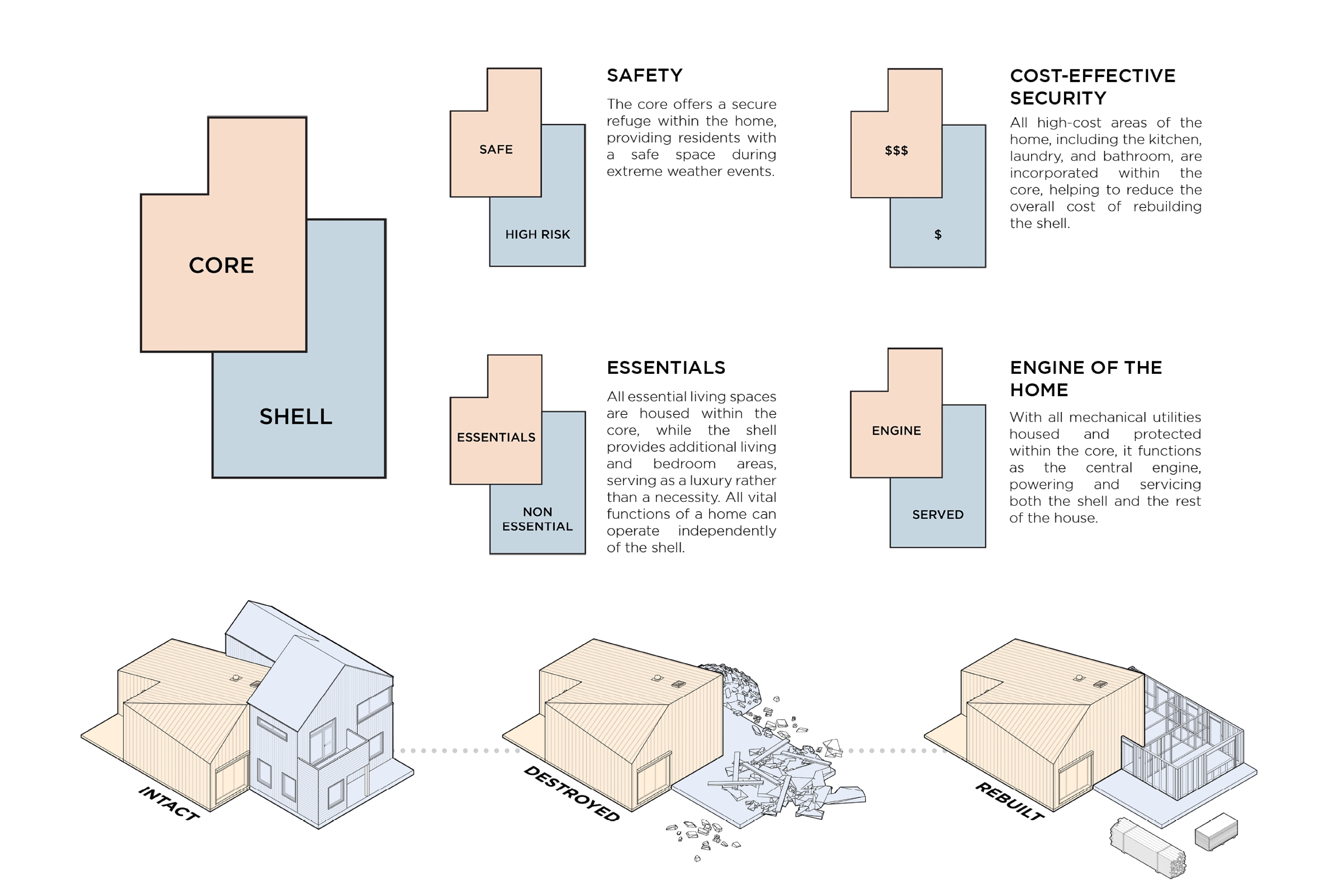
- Speculative Assemblies: From Pine Needles to Pressed Coffee conceives a sustainable future by reimagining building practices—eliminating plastics, toxins, and exploitative supply chains—through regenerative, biodegradable materials that promote biodiversity, human health, and environmental renewal while addressing urgent climate and ecological emergencies (team led by Architect Jerry Hacker).
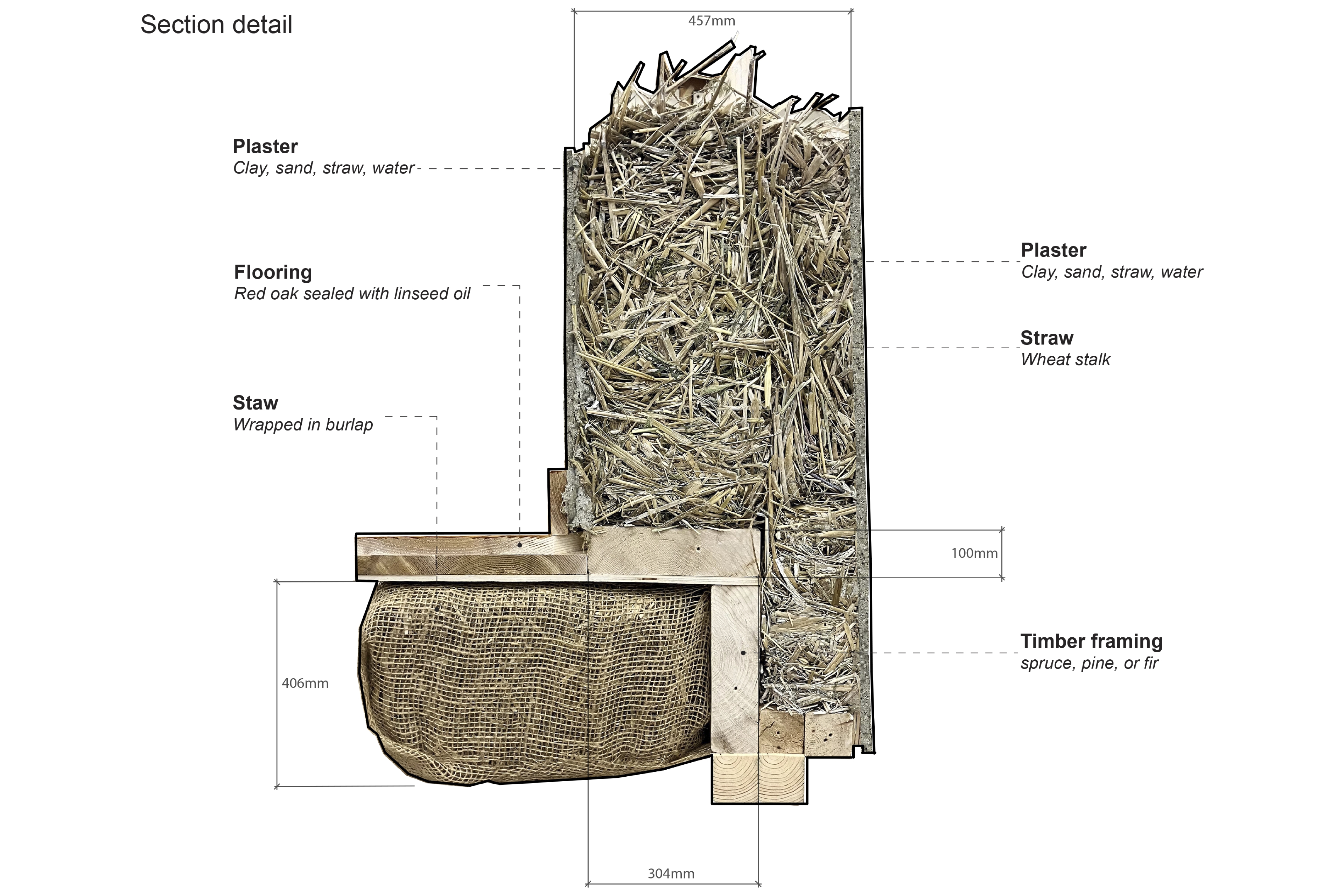
Further Information
To learn more about SHIFT, visit shiftchallenge.ca or check out the OAA’s YouTube channel for interviews with past participants.
For more information, high-resolution images of project concepts, and interview opportunities with any of the SHIFT2025 teams, contact:
Daniele Alcinii, Communications Specialist
416-449-6898, ext. 306
danielea@oaa.on.ca
About the Ontario Association of Architects
The Ontario Association of Architects is a self-regulating organization under the Architects Act, a statute of the Government of Ontario. It is dedicated to promoting and increasing the knowledge, skill, and proficiency of its members, and administering the Act, in order that the public interest may be served and protected. For more information on the Association, visit oaa.on.ca/about.